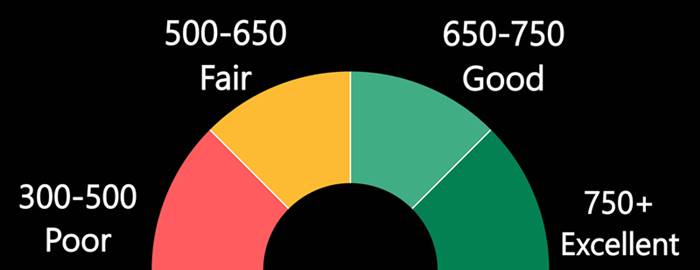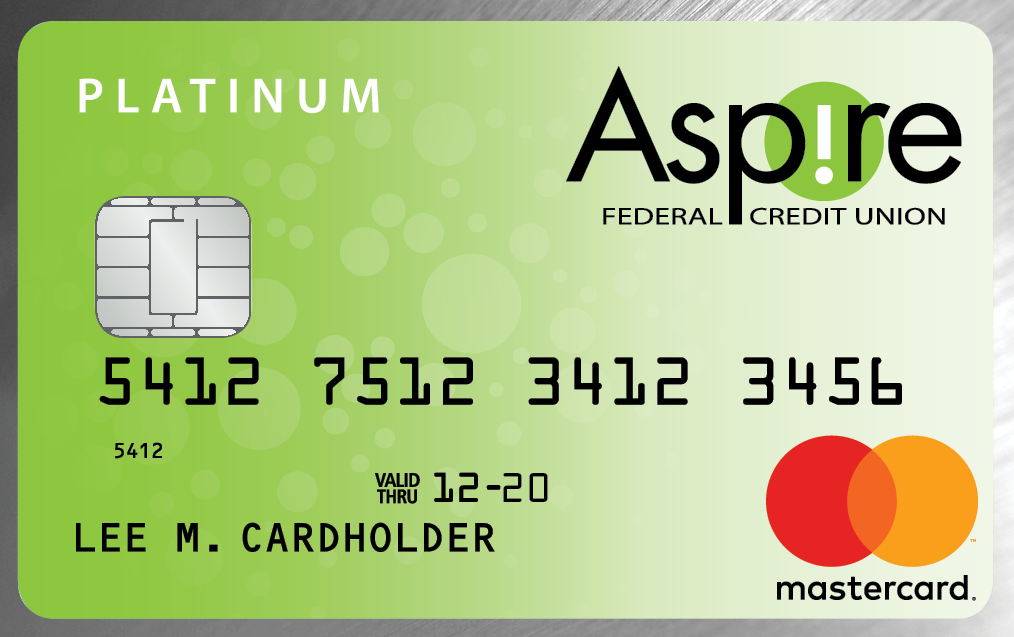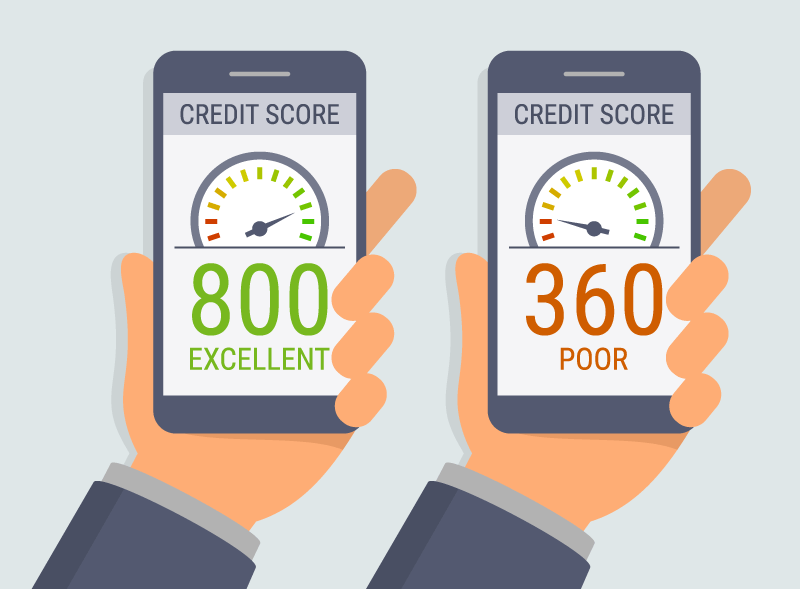
If you check your credit report, it is possible to notice a big difference in the score. This is not necessarily a sign of financial distress or bad behavior. Your score may be higher or lower depending on a number of factors. In most cases, errors in reporting and/or misinformation are the root cause of any differences. You can fix any errors by working directly with the creditor or the credit bureau.
Credit reporting agencies can use a variety different scoring models. Each model weights information differently. FICO is by far the most used scoring model. VantageScore can also be used to calculate a score, but it requires more data.
According to a new study from the Consumer Financial Protection Bureau, consumers can get significantly different scores from creditors. This is largely due to the fact that some companies do not report to all three of the nation's main credit reporting agencies (CRAs) at once. That's because CRAs use different scoring models and rely on different types of financial data.

A Dodd-Frank Act study prompted the Consumer Financial Protection Bureau (CFPB) to do a variety of studies to examine the different credit scores and other similar functions. While they were not specifically designed to determine whether or not credit rating agencies are purposely trying to fool consumers with their scoring systems, the results were pretty revealing.
FICO is the most basic credit scoring method. This is the credit score that most people will see in their credit reports. This score is generally a reflection of your credit history and usage. It also helps lenders determine if you are a good risk. Creditors view the score as a measure of your risk of not paying off your debt, and this score will vary from bureau to bureau.
VantageScore, a scoring model similar to the one used by VantageScore, focuses more upon how you have made your loans and credit cards over time. This scoring model considers a number of factors, such as the length of credit history, payments made recently, and the type of debt you have.
The most striking difference in credit scores between urban and rural consumers is the one that's most surprising. Despite having the same basic credit rating system as the other groups, the average credit score in the former is significantly lower. These scores may also be influenced by the local economy and population. Urban areas tend be more financially secure and residents in metropolitan areas have better credit habits.

One of the most obvious ways to get a better score is to make sure your reporting is consistent. Contact your creditor immediately if you are not able to get your credit limit reported to all three credit bureaus. Although they should be able fix the problem, it may take some time.
Your credit score can be affected by other factors, such as credit card accounts that are not reported to credit bureaus. Check your credit report for any errors. This includes past names, loan amounts, credit cards, and your own name.